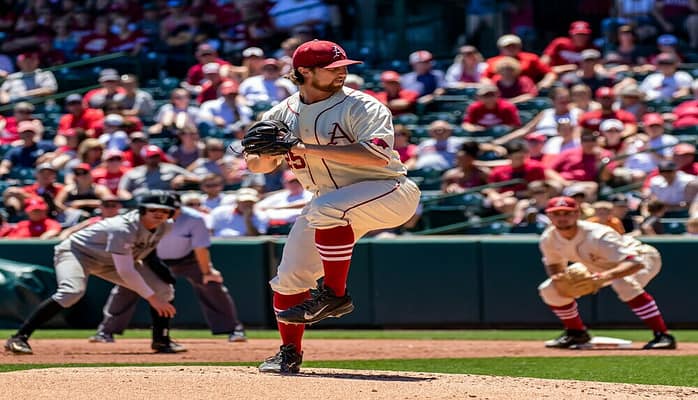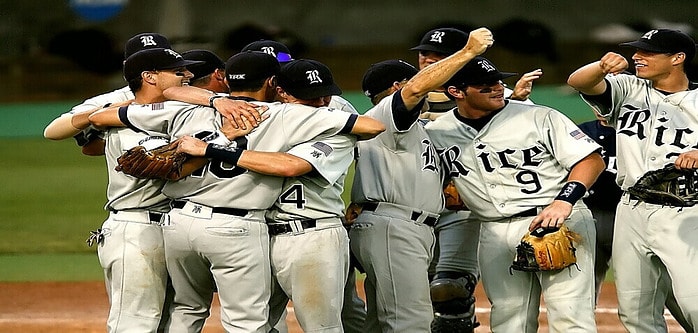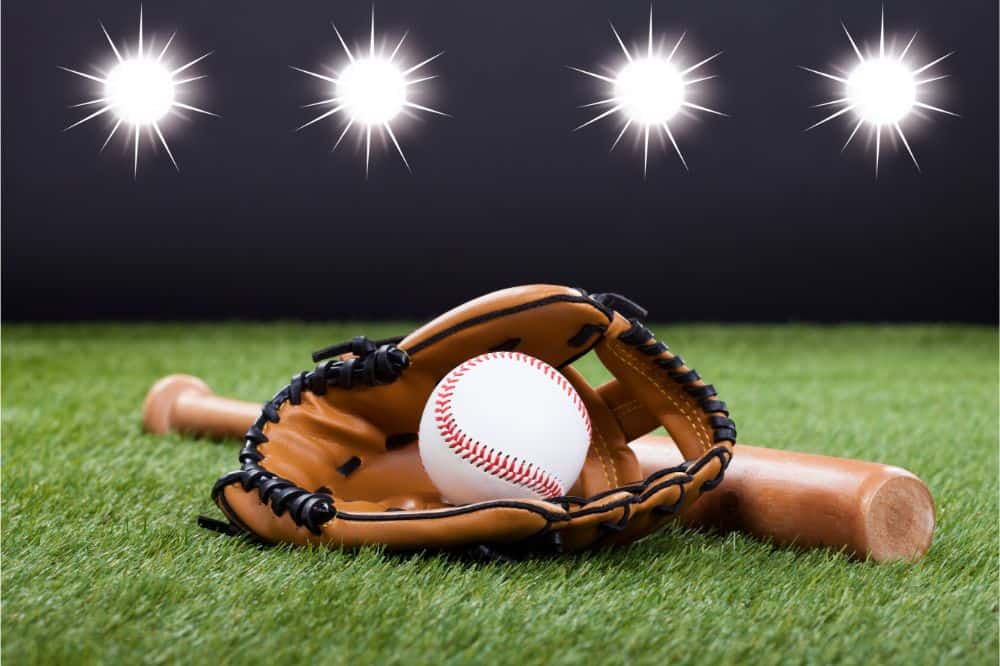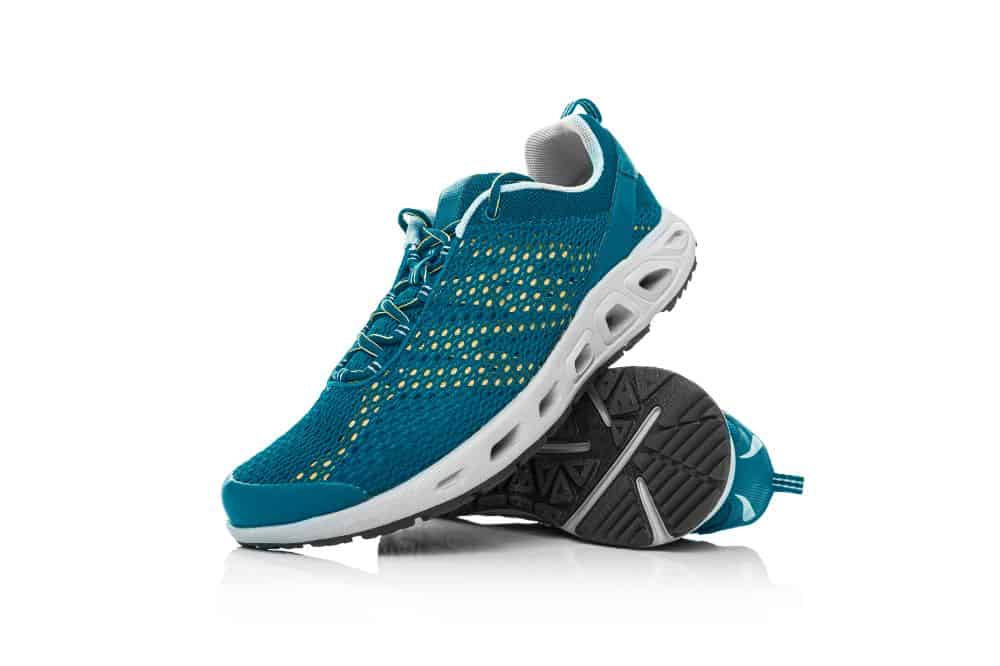Baseball gloves aren’t just gear. They’re like a player’s sidekick on the diamond. But how much does a baseball glove cost? In this article, we dive behind the scenes to see what goes into the price tag of these handcrafted wonders. From the budget-friendly options to the ones that might make your wallet do a double take. From the materials that make them legendary to the craftsmanship that sets them apart. Let’s uncover why some gloves come with a hefty price tag while others won’t break the bank together, shall we?
Factors That Determine How Much a Baseball Glove Costs
Primary Materials
Alright, let’s talk glove materials! You know how they say the devil’s in the details? Well, when it comes to baseball gloves, those details are all about what they’re made of. First up, leather is the king here. You’ve got your top-grain, full-grain, and all sorts of leather grades. Each one plays a major role in the price tag.
Then there’s the new kid on the block; synthetic materials. They’re sneaking into the game and offering affordability but might not have that classic leather feel. Historically, leather has been the primary material for gloves due to its durability and traditional feel. However, in recent years, advancements in technology have introduced synthetic materials as viable alternatives. These synthetic materials often come with cost benefits, making gloves more affordable for players.
However, synthetic materials may not always replicate that nostalgic and traditional experience associated with leather gloves. While they offer affordability and sometimes better durability, they might not provide the same tactile experience that many players have grown accustomed to with leather gloves.
Now, let’s delve into the padding and linings. Those squishy, cushiony bits. They’re not just for comfort. They make catching that fastball feel like a friendly handshake instead of a punch. And surprise, surprise; different types of padding will bump up that price tag. So, yeah, every little piece of that glove, from the leather down to the cozy insides, plays a big role in why some gloves are budget-friendly while others may come with a hefty price tag.

Craftsmanship and Branding
Now, let’s venture into the art of glove-making, shall we? So, you’ve got these gloves hitting the shelves. Some are handcrafted gems, and others zip out of machines like they’re on a mission. Now, the handcrafted ones are like works of art. Skilled artisans pour their heart and soul into every stitch, making them unique, detailed, and yes, a tad pricier.
On the flip side, machine-made gloves are churned out quicker. They are usually more affordable but might lack that personalized touch. And here’s where brand names step in like MVPs. Renowned brands bring a whole reputation game to the table.
Think about it. A glove with a logo that’s known for quality, durability, and performance might offer a higher price tag. That reputation doesn’t come easy, right? But it often means you’re getting top-notch craftsmanship and reliability. So, when you’re eyeing a glove, watch out for the brand badges. They’re often a signal of both quality and a slightly higher price tag.
Plus, here’s the thing about those brand-name gloves. They’re not just about the name itself. They often come with warranties, customer support, and whole community support. You’re not just buying a glove. You’re getting a ticket to the team. And that’s worth much more for some players.
But hey, it’s not all about the big names. Sometimes, you stumble upon lesser-known brands offering quality that surprises you. They might not have the flashy logos, but they’ve got the craftsmanship right. These might just save you a few bucks without compromising on performance. It’s like finding that hidden gem in the clearance rack. You know, the one that outperforms the pricier options!
So, when you’re weighing up gloves, consider not just the stitching and leather but also the reputation that comes with it. It’s a balancing act between brand value and the lesser-known underdogs. All while keeping your budget happy.
Customization and Personalization
Customization in the world of baseball gloves is like adding sprinkles to ice cream. It’s all about personalizing the experience. But here’s the scoop. When you start customizing, the price tag can take a little leap.
Think of it this way. When you opt for a custom glove, you’re not just choosing a standard off-the-rack piece. You’re getting a glove that fits your hand like a glove. Pun intended! Custom sizes, unique colors, and added features, like specialized webbing or extra padding, can all crank up the cost.
See, customization means the manufacturer is putting in extra effort, dedicating more time and resources to make your dream glove a reality. It’s like ordering a tailored suit versus grabbing one off the rack. The personalized fit and added details often come with a premium price.
Luckily, that custom glove becomes yours. A one-of-a-kind that feels like it was made just for you (well because it was!). So, while it might mean a little extra splurge, the payoff of having a glove perfectly suited to your game might just be worth every penny.
Position-Specific Gloves
Each player on the field has their attire, tailored specifically for their job. The same goes for baseball gloves! Gloves aren’t a one-size-fits-all deal. They’re more like specialized tools crafted to match a player’s position.
Take a catcher’s mitt, for instance. It’s a beefy, padded fortress designed to catch those lightning-fast pitches with ease. But that extra padding and larger size mean it’s in a league of its own, cost-wise. Think of it as the Iron Man suit of gloves. Specialized, high-tech, and a bit pricier.
Now, the infielder’s glove is sleeker, lighter, and built for quick grabs and lightning-fast throws. These gloves are like the agile ninjas on the field. They are nimble, responsive, and not as hefty on the price scale compared to catchers’ mitts.
And let’s not forget the outfielder’s gloves. They’re longer, giving that extra reach to snag those soaring fly balls. But that extra on the glove might mean a slight bump in the price tag. They’re like the capes of the glove world, adding a bit of flair and functionality.
So, whether you’re shelling out for that catcher’s fortress, the infielder’s speedster, or the outfielder’s extended reach, each glove is a custom-made sidekick designed for a specific job. And that specialization often comes with a price that matches the glove’s functions.
Technology and Innovation
Now let’s talk tech in gloves! It’s like upgrading from a basic flip phone to the latest smartphone. Those advancements come at a cost. Nowadays, gloves aren’t just leather and stitching. They’re packed with game-changing technology. A specialized padding that feels like a cloud, absorbing the impact of a rocket-speed fastball might be pricier. That kind of comfort and protection is not free, you know!
Then there’s wrist support. Some gloves come with built-in structures that make your wrist feel like it’s getting a warm, supportive hug. That kind of added stability and injury prevention is like a personal trainer for your wrist, but yeah, it can nudge that price tag up a bit.
And let’s not forget about ball-catching enhancements. Some gloves are designed with fancy webbing patterns or pocket configurations that practically catch the ball for you. Those nifty features often come with a premium price.
So, as gloves become more than just leather and stitches, the high-tech add-ons make your game smoother and safer. They elevate your glove experience but also add a few digits to the price tag.
Economic Factors
The economy affects everything, including those beloved baseball gloves! The price of gloves isn’t just about what they’re made of. It’s also about the global dance of materials, demand, and disruptions.
Let’s start with supply chains. When a global hiccup slows down the flow of materials, that can affect glove prices. When there’s a hiccup in getting the leather or high-tech padding to the manufacturers, it can create a domino effect, making gloves scarcer and a tad pricier.
Then there’s the effect of market demand. See, during a hot season or an epic game that has everyone hyped, customers shop like crazy. The demand for gloves shoots up faster than a home run. And guess what happens then? Prices often follow suit, inching up to match that high demand.
Similarly, when the cost of leather or those high-tech gizmos used in gloves skyrockets globally, it’s like a ripple effect. Manufacturers have to adjust, and unfortunately, that might reflect in the price tag you see at the store.
So, while we might not always see it on the surface, the economics behind glove prices is like a game of chess. Global moves, unexpected disruptions, and changing demands all contribute to the final price you pay for your glove.

A Detailed Comparison of Gloves Price Ranges
Now that you understand the costing factors, let’s talk numbers. How much does a baseball glove cost?
- Budget-Friendly (Under $50): These gloves are like your trusty rookies. Perfect for beginners or those on a tight budget. They might not have the fanciest materials or high-tech padding, but they get the job done. Expect basic leather or synthetic materials. They also come in standard sizes and offer fewer customization options. They’re good for getting started but might lack durability or specialized features.
- Mid-Range ($50 – $150): This is the sweet spot for many players. Gloves in this range offer a balance of quality and affordability. You’re stepping up in materials. They use better leather and improved padding. In this range, you also enjoy some customization options like colors or webbing styles. They’re reliable, durable, and suitable for intermediate players seeking decent performance without breaking the bank.
- Premium ($150 – $300+): These gloves are the heavy hitters. Designed for the top-tier players in the glove game. Think top-quality leather, high-tech padding systems, intricate craftsmanship, and extensive customization options. You’re paying for the Ferrari of gloves here. Most offer ultimate comfort, performance, and personalized features tailored to your game and position. These gloves are often favored by serious players or pros seeking the best in the field.
In Conclusion
At each price point, you’ll find a spectrum of features and qualities. It’s like choosing between a basic car, a mid-range model, or a top-of-the-line luxury ride. Each has its perks and suits different needs and preferences. So, when you’re shopping for a glove, finding that sweet spot between price, features, and performance is all part of the game.














Hi there I just had an look on your page and like it a lot.
I do not have much experience on baseball but I do have other sports.
I just love it when people advertise sport products it just means that kids play more and stay way from the streets.
please go forward with this wonderful blog.
Thanks for letting me view it.
cheers
Hi, Welf Bolke.
Thank you.
Thank you for your kind words.
Don’t hesitate to contact me to help you with anything else or if you have any questions.
Hi, this post brought back some pleasant memories for me as a kid. I remember me and my dad used to play catch and I had tried a few different gloves. One thing I remember is that the quality of the glove affected two things. One my ability to catch the ball. And 2 the comfort I felt during the catch. The poor quality gloves it hurt my hand more. Anyway thanks for the pleasant flashback. Have a good day.
Hi, Jake Devins. Thank you.
Thank you for your kind words.
Yes, it is a reason why the quality is so important!
Don’t hesitate to contact me to help you with anything else or if you have any questions.